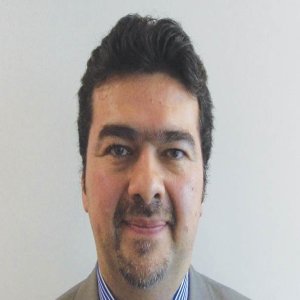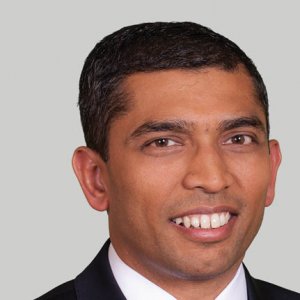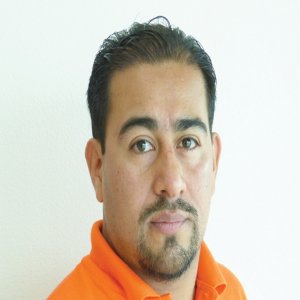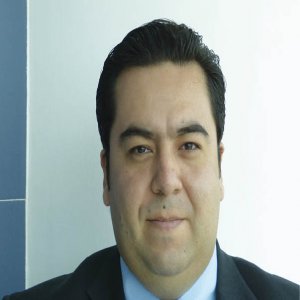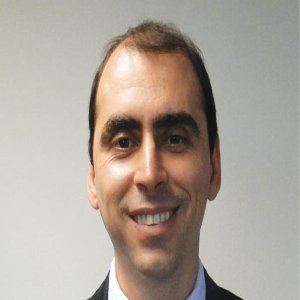Analyzing the Human Resources Needs of the Oil and Gas Industry

STORY INLINE POST
Q: Following the Energy Reform, the oil and gas industry will need to attract more talent than ever before. What is SENER doing to ensure that this human capital will be available?
A: We are developing a program that will assist SENER in gathering all the information it needs to make the right human capital decisions. There has never been a similar exercise within SENER or any other government body to look at human capital as a strategic component that requires information, analysis, and coordination between agencies. The first stage of the program is to conduct comprehensive diagnostics on where the gaps in talent truly lie. We are now making projections on how the supply and demand of trained personnel will evolve in the years to come, to understand the challenges faced by the oil and gas industry across the entire value chain. We are also working closely with the Ministry of Economy to jointly help develop providers at every stage of the sector. This is the first phase of our strategy called Talent Perspectives for the Energy Sector. The data gathered from this investigation will be published in July 2015 for the oil industry and in October 2015 for the electricity sector. This information will help us coordinate efforts between the different agencies and regulators involved in the sector. Several government agencies have similar priorities at the moment, so this program will help to ensure these efforts join forces instead of each entity working individually on similar goals. The second phase of our program is to support the development of the operational workforce. We will be awarding 60,000 scholarships and are creating new training centers, among many other initiatives. The third phase consists of developing talent, not only for workforce purposes, but to strengthen leadership and knowledge development capabilities across the entire value chain. We are also investing in R&D through specialized centers, such as the Center for Deepwater Technologies. This is part of our initiatives with CONACYT, which are supporting the development of knowledge that can be transformed into real products and industry applications. The fourth phase is designed to create awareness within the industry in order to incentivize students to study careers related to the energy sector. All these initiatives will help people understand the opportunities the energy sector provides for professional development in Mexico.
Q: What challenges did SENER identify that resulted in the creation of this program?
A: The idea behind the Energy Reform is to increase investment and production for the greater benefit of Mexico’s public finances as well as the programs and initiatives that depend on them. In the past, CFE and PEMEX were the only companies responsible for investment in the energy sector. Now that we have a competitive playing field, we want to make sure we also have a competitive workforce as well. Human resources should not become a factor that can hurt the forward march of the Energy Reform. We know that the market tends to eventually adjust itself, but we do not want to leave this to fate. We want to assist the Mexican oil and gas industry and be sure that all the efforts that were put into the Energy Reform provide better than expected results. If there is a demand for a specific project that is economically viable, the company in charge of that project will look for a talented workforce to implement it. Unless Mexico is able to provide enough highly talented people, companies will have to look for them outside of the country. This is something that we cannot allow to happen. We are not against bringing expertise from abroad, but we are in favor of developing and strengthening national talent. The same logic applies for technologies. Companies could import high-tech equipment but we would rather see these companies working with national providers in order to help them develop the solutions needed by the Mexican energy sector.
Q: Where are the students who received a scholarship expected to end up working?
A: This is a new sectorial program so, unlike our previous scope in which we assumed that all the talent would go to CFE or PEMEX, we now believe that talent should be spread across any and all parts of the value chain. We have seen that as long as Mexicans are employed and generate value for Mexico, it does not matter if they work for academia, private companies, or in an office in Houston. This sectorial program is attempting to feed the energy sector as a whole.
Q: To which extent are you working with PEMEX and private companies to understand their needs?
A: PEMEX has been part of this exercise from day one, since it was part of the team that helped build this program. PEMEX, CFE, and private sector representatives all participate within the coordinating body known as the Talent Observatory. Since we cannot bring every single company to the table, we turn to the main energy associations. These associations are generally comprised by members of the main oil and gas companies so, by approaching them, we are reaching the right people.
Q: Do you see any major difference between the human capital requirements of PEMEX and private companies?
A: At the moment, we are reaching out to private companies to fully understand their human capital needs and analyze them. As we have worked with PEMEX for a long time, we already know its needs quite well. We are now focusing on private companies, and it will be very interesting to see just how different the needs of these companies are in terms of human capital. Since we just started this process, it is hard to mention any major differences but all this information will soon be available.
Q: How are you going to measure the success of this program?
A: Everything we are doing here, from talent development to R&D, has a long-term focus. Nevertheless, we have a series of KPIs that are designed to identify the early indicators of progress toward the goals we want to achieve. For instance, a good indicator is the number of scholarships that have been granted. This is not going to tell us how the scholarships are impacting the sector, but it will tell us how well our program is reaching the market. Aside from the KPIs, we have different methodologies throughout the process to assess how successful the program has been so far and how to alter it in order to optimize its results.
Q: Is there any system in place being promoted by SENER that would link students with companies?
A: This is one of our main concerns. Our diagnostics help us identify critical occupations and the main competencies workers should have. We want to spread this information across universities in the country so that they can adapt their programs to the current needs of the sector. One of our goals is for PEMEX to soon hire graduates from all Mexican universities and not only from a limited pool as it does today. The industry is always facing new challenges so it is important to look for talented people that can provide fresh solutions for these challenges. These solutions always come in the form of knowledge, technology, and leadership. This is why we want to ensure that universities across Mexico are arming their students with the right skillsets. To address this, SENER is creating an occupational catalogue based on the identification of the precise skills needed for various occupations within the oil and gas industry. The success of a university is measured by how its graduates impact the world. We want to help universities upgrade their programs so that their students can really make a difference in the energy industry.
Q: What feedback have you received from universities regarding this program so far?
A: We have seen an extremely positive response from all the universities. We are now looking at cross-communication between the private sector, government, and academia. This has a good impact since universities can now visualize the energy industry as a whole and move beyond only preparing students for certain areas of the value chain. There is a strong desire to work in a coordinated fashion in favor of Mexico’s oil and gas industry, but this is the first time a mechanism has actually enabled this process. The only challenge here is that it cannot happen fast enough.
Q: Is SENER aiming to work with all universities or is it looking to cluster the program with certain universities to create centers of excellence?
A: Despite our major efforts, this is a big challenge as it is very hard to reach out to all the universities in Mexico. Instead, we are trying to publish the results of our investigations so that they can spread widely. We want universities to take their own initiatives in the implementation of new academic programs based on our research. If they have good initiatives that require financing, SENER is willing to participate in such projects provided that they can really generate value for the sector.
Q: What would you like to see accomplished before the end of 2015?
A: We want to upload the results of the diagnostics we will carry out throughout the year. The sooner this information reaches the outside world, the sooner we will start seeing the results. We really have to plan our communication strategy since we want our research to have the greatest impact possible. We have put a lot of effort into executing these diagnostics and are determined to share the results with all industry stakeholders.
